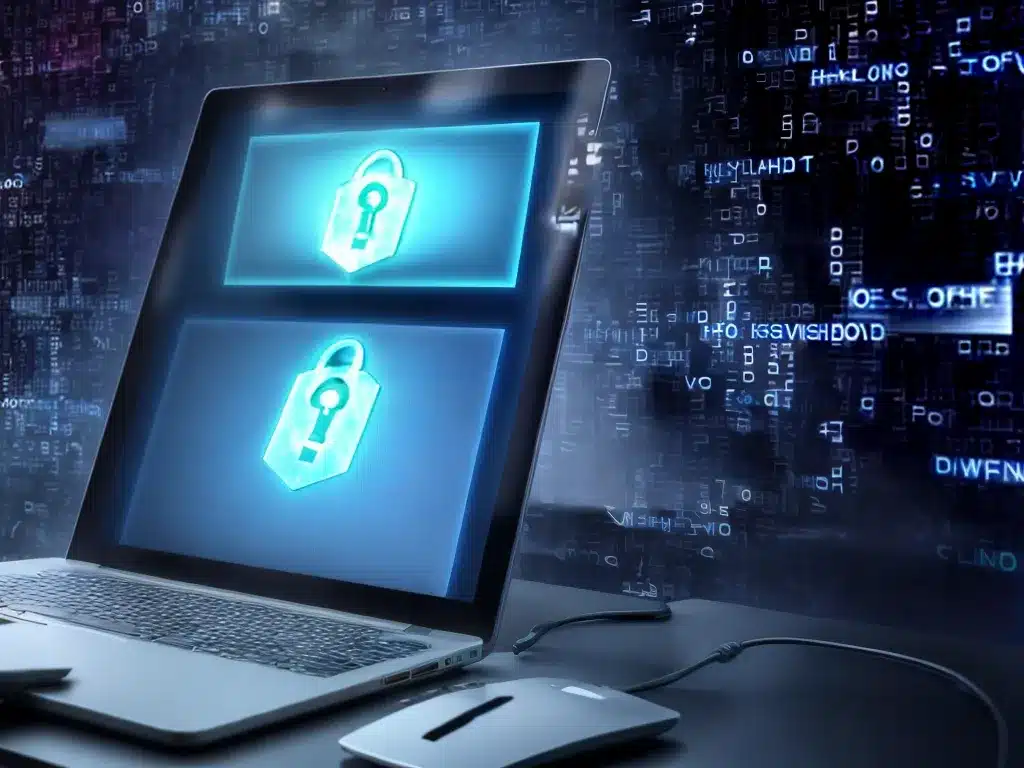Ransomware attacks can be terrifying. As an individual or business owner, seeing your files encrypted and your systems locked down elicits feelings of violation and helplessness. However, there are steps you can take to recover. Here is a comprehensive guide on how to respond to and recover from a ransomware attack.
Understanding Ransomware
Ransomware is a form of malicious software (malware) that encrypts files on a device or network. The attackers demand a ransom payment in cryptocurrency to decrypt the files. Ransomware often spreads through phishing emails or by exploiting vulnerabilities. Once inside a system, ransomware encrypts files so they cannot be accessed and displays a ransom payment demand.
The three main types of ransomware I may encounter are:
-
Locker ransomware – Locks the computer screen or device interface
-
Encrypting ransomware – Encrypts personal files and documents
-
Master Boot Record (MBR) ransomware – Encrypts the master boot record, rendering the operating system inaccessible
The goal of ransomware attackers is to extort money by preventing access to files and systems. They often target businesses over individuals due to the higher potential payout.
Discovering and Analyzing an Attack
Discovering a ransomware attack quickly is key to limiting its impact. Here are signs that my computer or network may be under attack:
-
Inability to access certain files that were previously available
-
A ransom payment note appearing on my screen
-
System slowing down, crashing, or displaying errors
-
Unusual activity like file deletions occuring in the background
If I notice any of these signs, I need to act fast. The first step is to determine what kind of ransomware I am dealing with. I can do this by:
-
Identifying any ransom notes and looking up the ransomware name
-
Taking note of which files it has encrypted
-
Seeing if it has changed my wallpaper or left any other indicators
-
Checking if it is locker, encrypting, or MBR ransomware
This analysis will help me determine the scope of the infection and best recovery methods.
Securing My Systems
After discovering the attack, I immediately need to prevent the ransomware from spreading further. Here are key steps I should take:
-
Disconnect infected devices from the network – This prevents lateral movement
-
Shut down any storage or backup drives – Protects them from encryption
-
Disable admin tools – Ransomware often misuses tools like PowerShell
-
Patch vulnerabilities – Vital to keep ransomware out going forward
-
Scan all devices with anti-virus software – Identify any additional infections
-
Change online account passwords – Prevents access in case of a data breach
Securing compromised systems is critical to contain the attack’s fallout. Slowing the infection gives me a better chance of recovering encrypted files.
Evaluating Backup Options
The most effective way to recover encrypted files after a ransomware attack is to restore them from backups. As soon as I isolate infected systems, I need to assess my backup situation:
-
What backup solutions do I have? – Cloud, external drives, snapshots, etc.
-
How recent are the backup files? – Restores are only as current as the backup.
-
Were any backups connected during the attack? – If so, they may also be encrypted.
-
How large is the backup data set? – This will impact restore timing.
-
Can I easily access and restore backups? – Or do I need outside support?
Having up-to-date backups that were disconnected during the attack is the best-case scenario for restoring my files after ransomware encryption.
Restoring Data from Backup
Once I have identified the right backup solution, I can begin restoring encrypted files:
-
Disconnect any infected systems – They could re-encrypt restored files
-
Prioritize the most important file restores – Focus on data needed to resume operations
-
Restore files in batches – Take note of any errors or issues
-
Confirm restored data integrity – Ensure files are intact and functional
-
Update backups after restoring – Ensure any changes are captured
Restoring from backups takes time but allows me to regain access to encrypted files without paying the ransom. Be patient and methodical in the restore process.
When Paying the Ransom is the Only Option
Ideally, I will be able to restore encrypted files from backups. However, that is not always the case. If facing substantial downtime and no viable backups, paying the ransom may ultimately make sense.
If I decide paying is my only option, I should:
-
Consult experts about the likelihood of recovering files – Many ransomware groups do provide decryption keys
-
Thoroughly research the ransomware attackers – Assess their reputation for providing decryption tools
-
Evaluate if the demanded ransom is within my budget – Factor in costs of downtime and lost revenue
-
Anonymously negotiate the ransom price if possible – The attackers may lower their demands
-
Use reputable facilitators as an intermediary – They can negotiate and make payments safer
Even if I pay the ransom, there is no guarantee the attackers will follow through and decrypt all files. Paying should only be considered as an absolute last resort.
Preventing Future Attacks
Recovering from a ransomware attack often requires a combination of restoring backups, rebuilding systems, and, in the worst case, paying the ransom. But the best remedy is preventing attacks before they occur by:
- Training employees on cybersecurity best practices
- Keeping software regularly updated
- Implementing advanced endpoint protection
- Restricting permissions and access to sensitive systems
- Developing a cyber incident response plan
Staying vigilant and taking preventative measures will help avoid making ransom payments to cybercriminals down the road.
Ransomware can be extremely disruptive, but by following these best practices for discovering, containing, restoring, and preventing attacks, I can minimize the damage done and avoid encouraging future attacks on myself or others by paying ransoms. With some preparation and awareness, even ransomware does not have to spell disaster.












